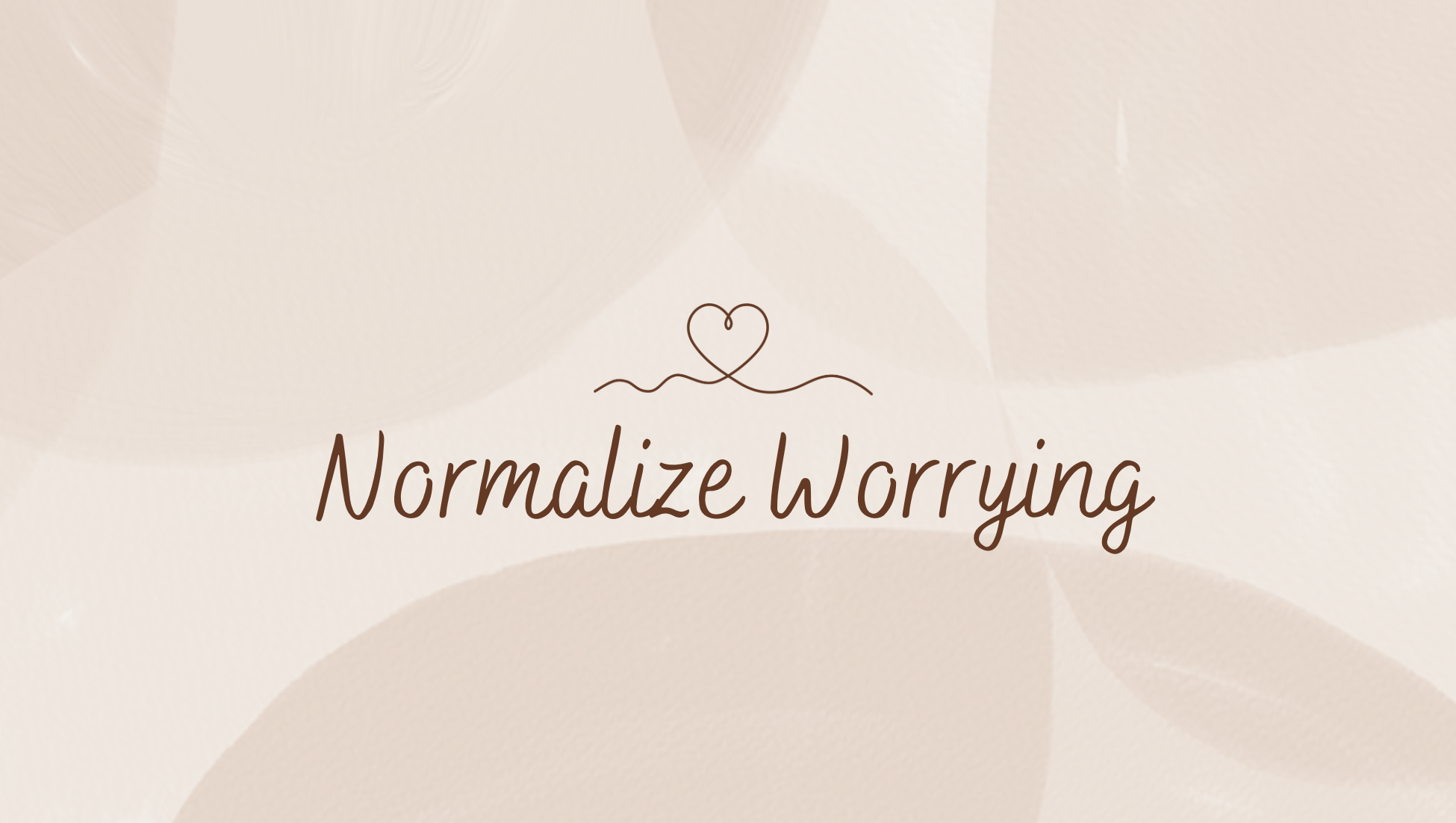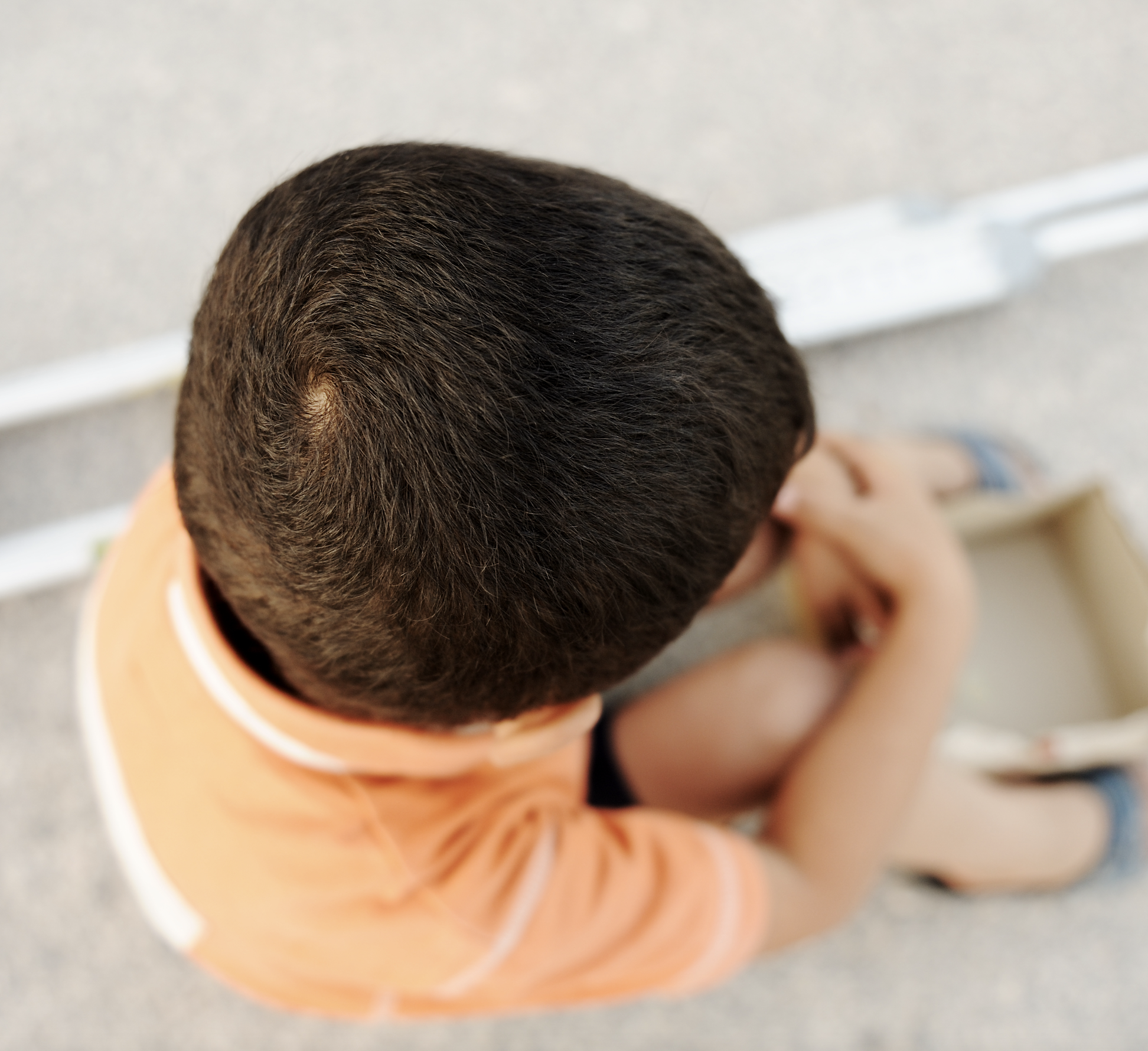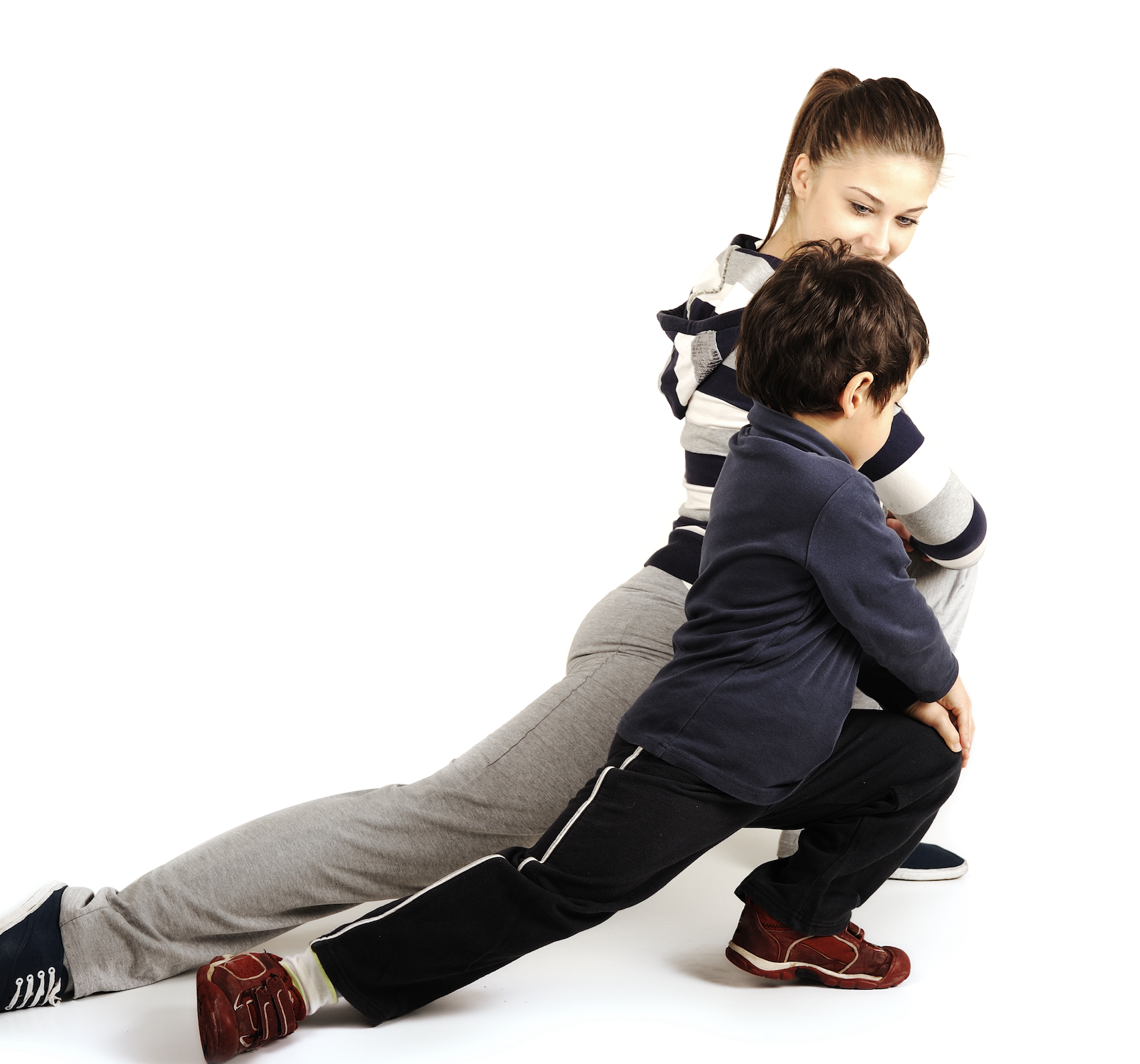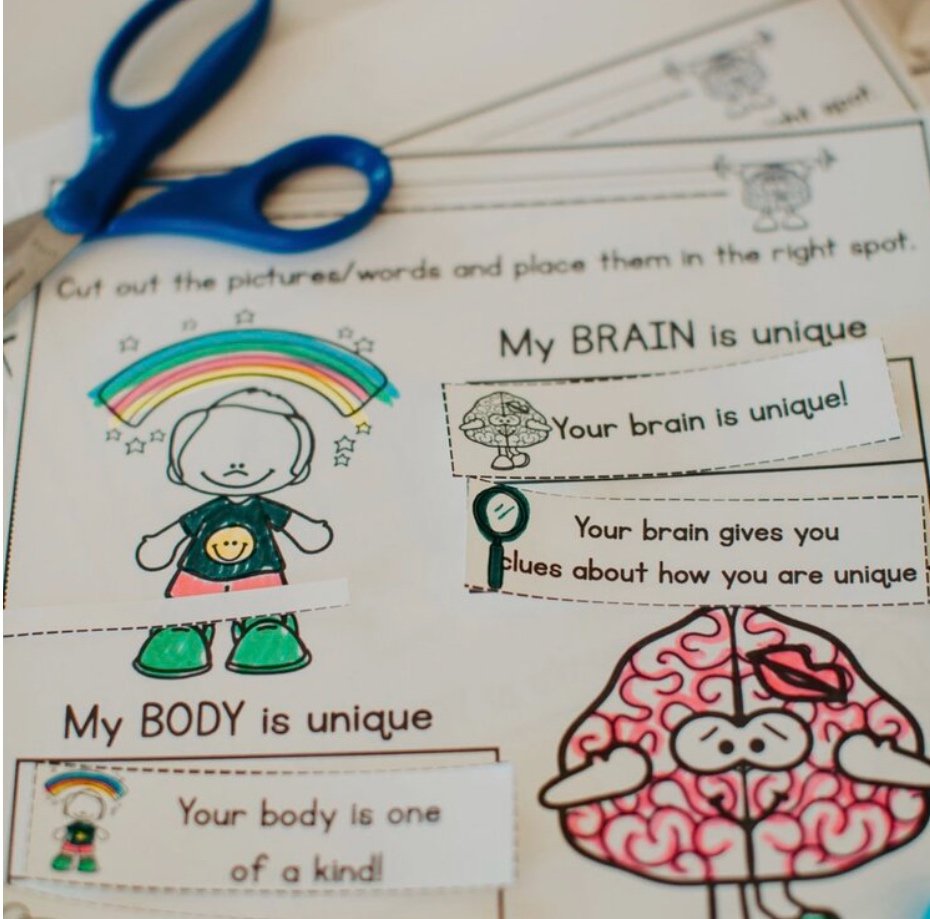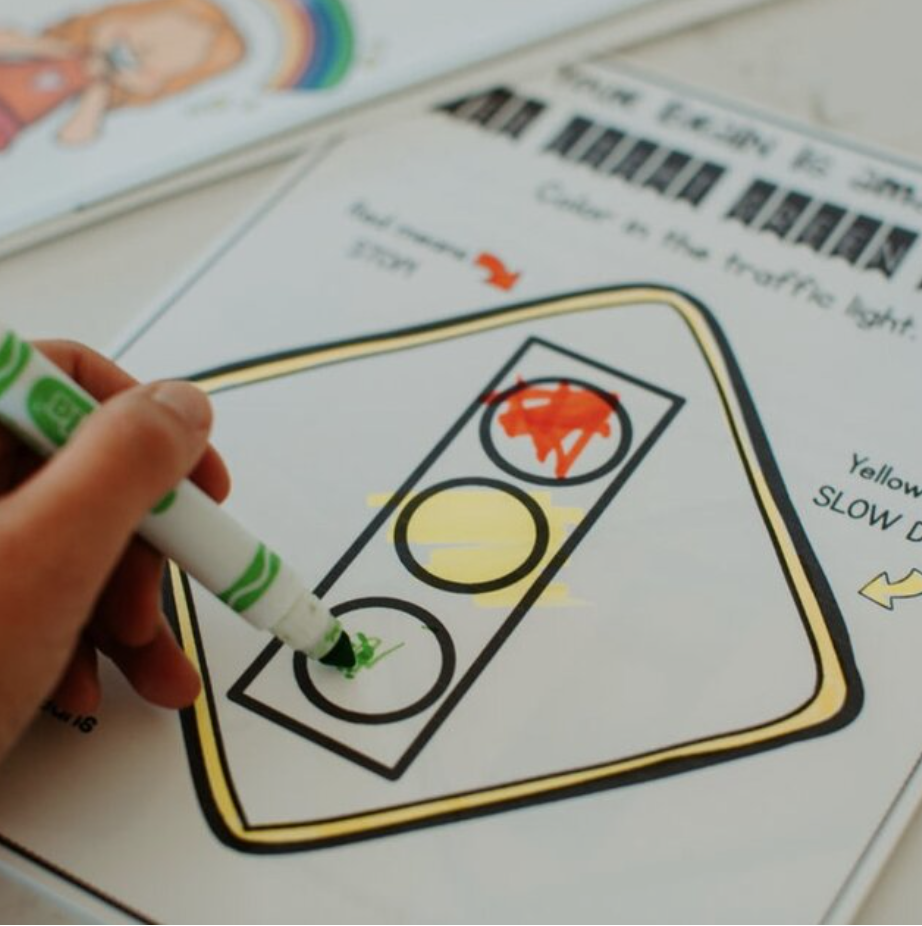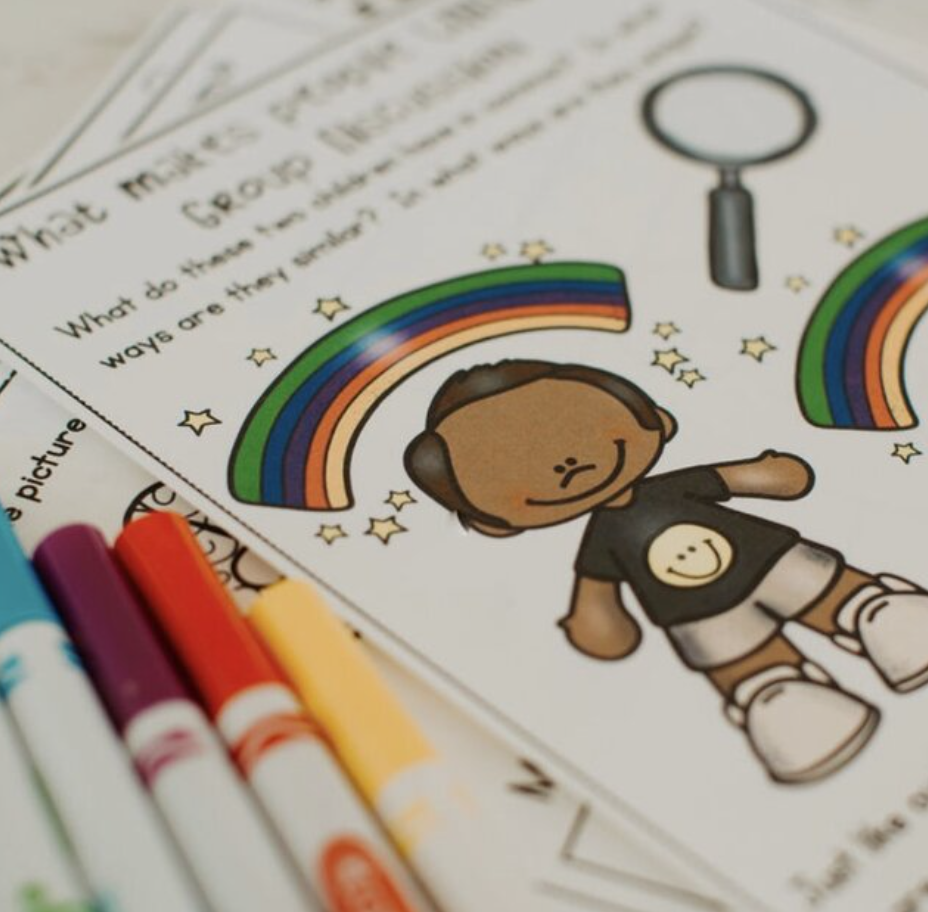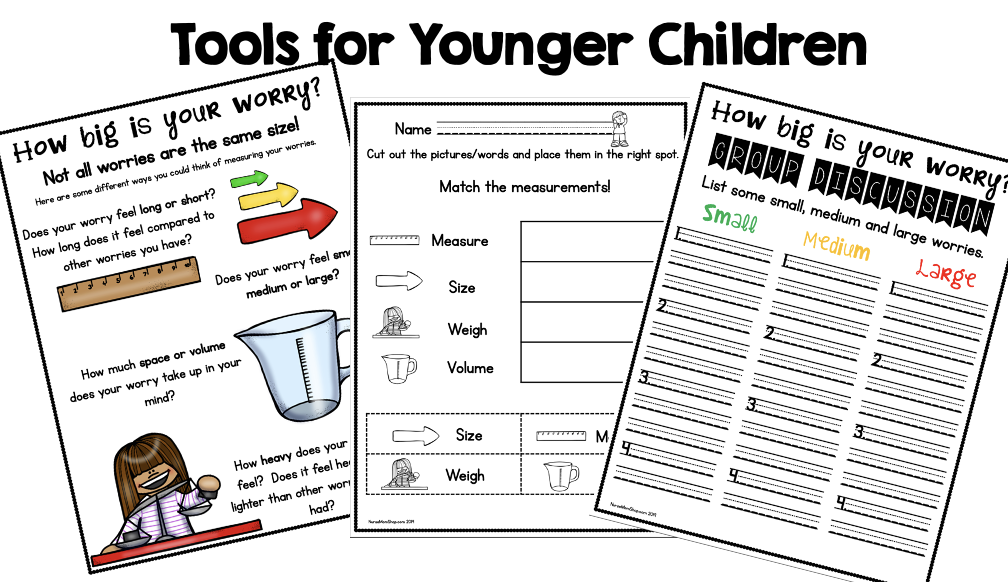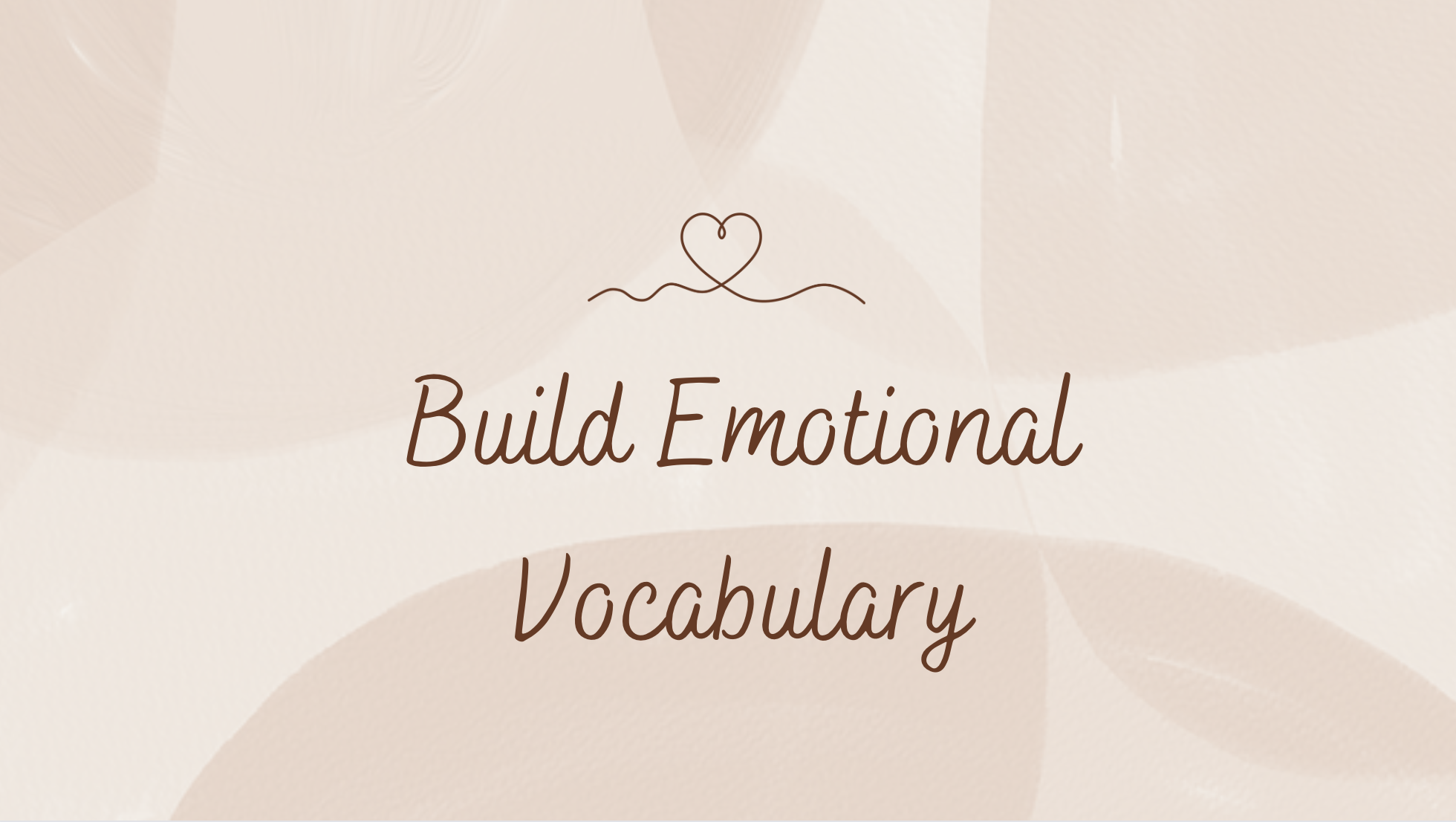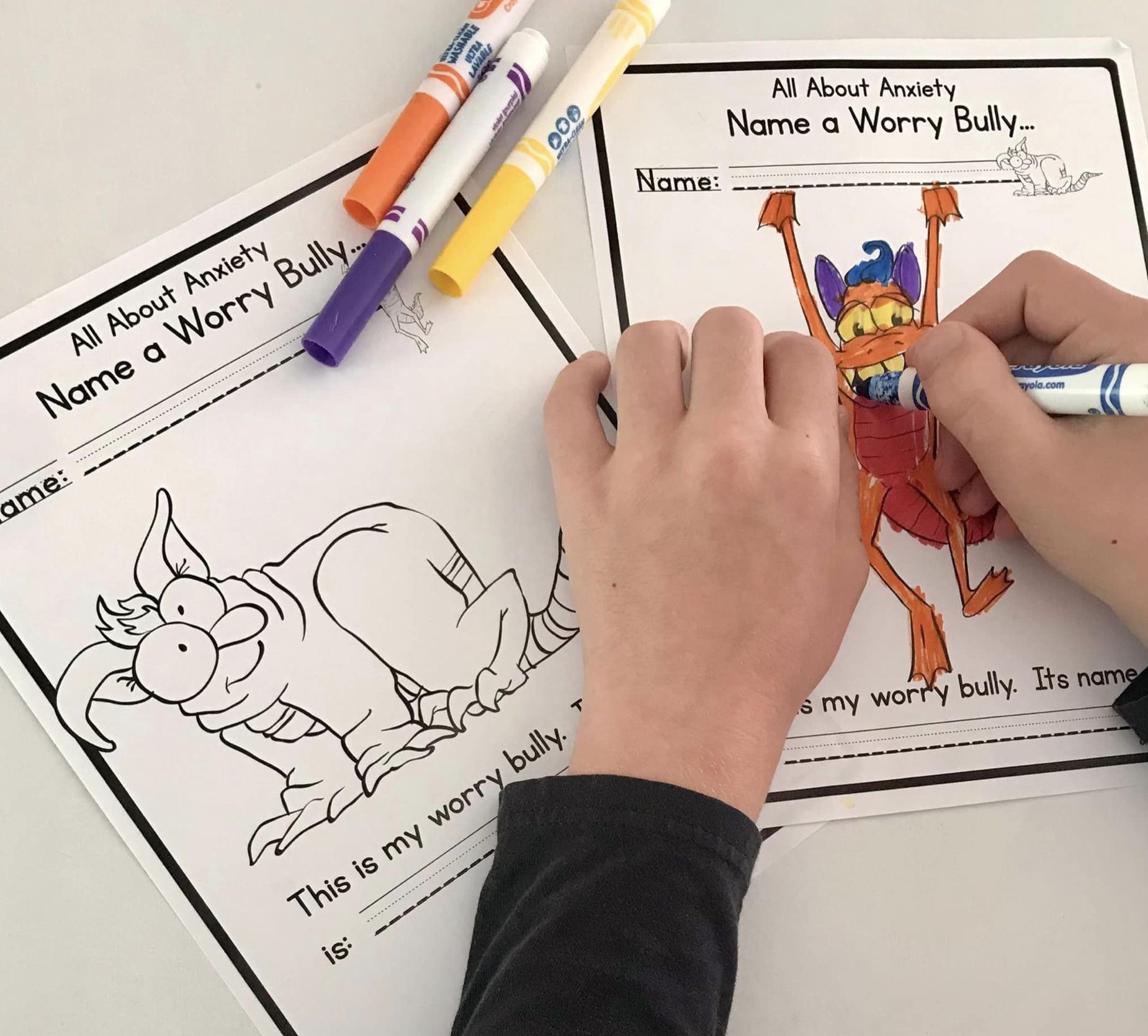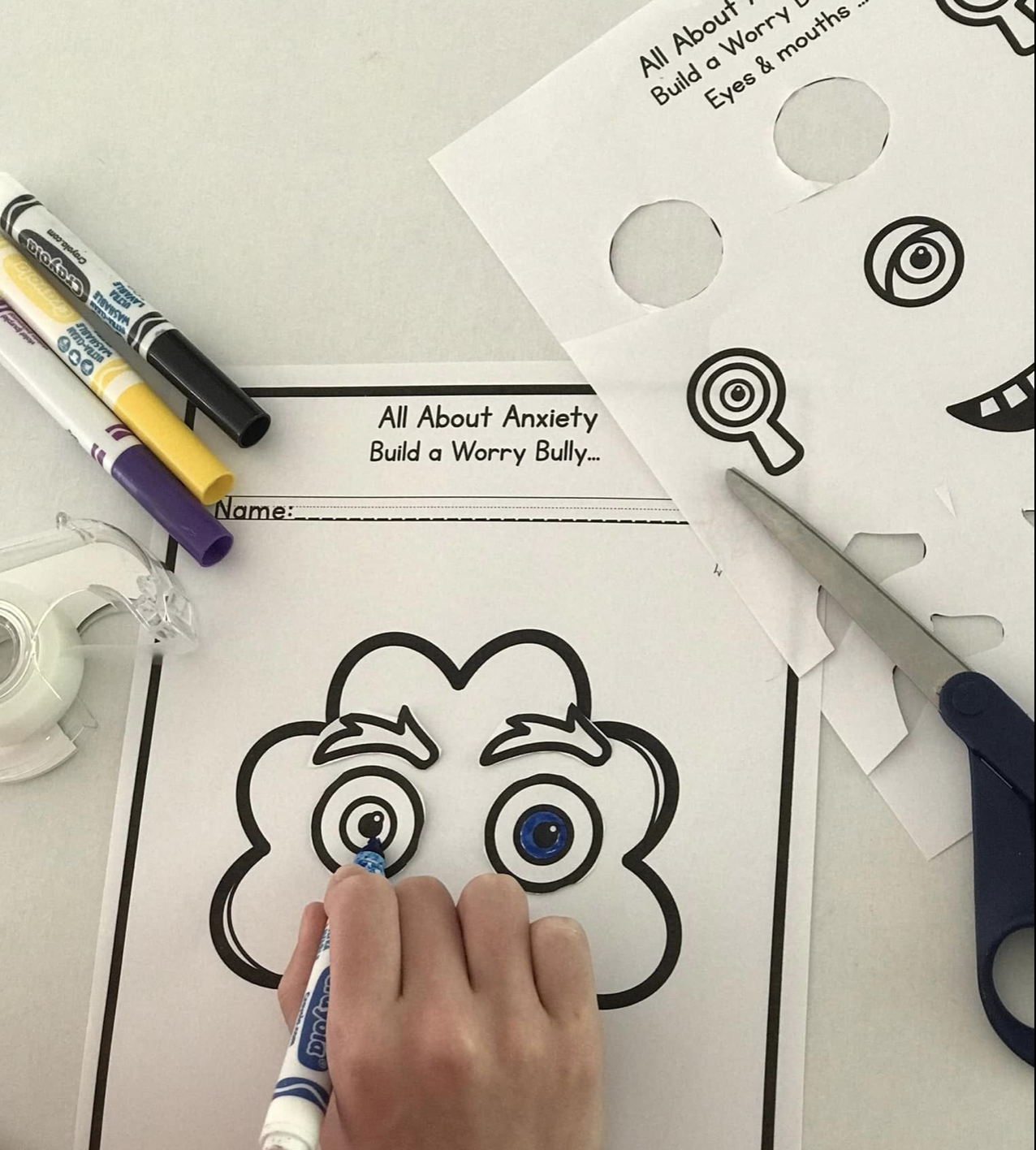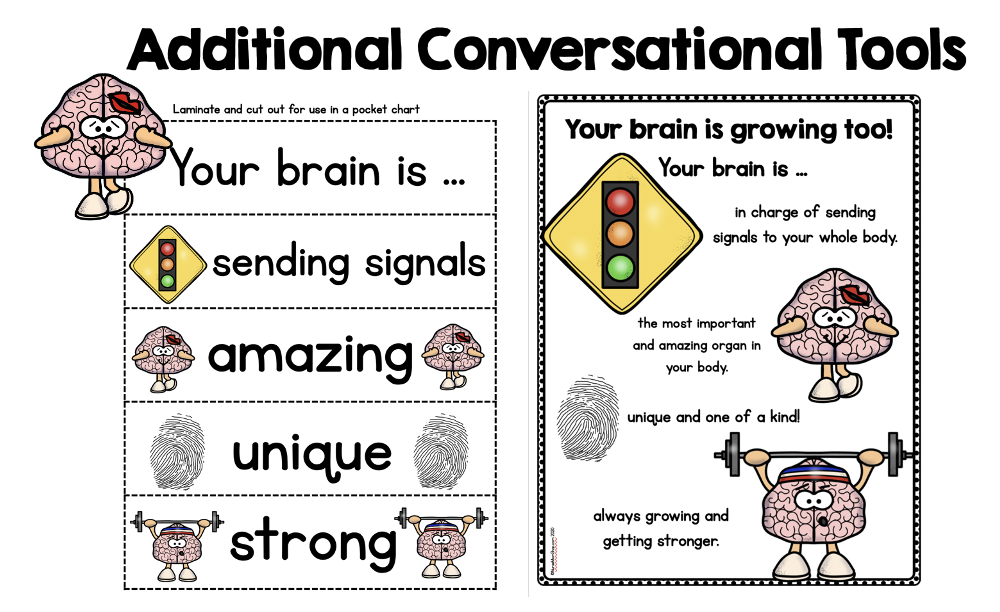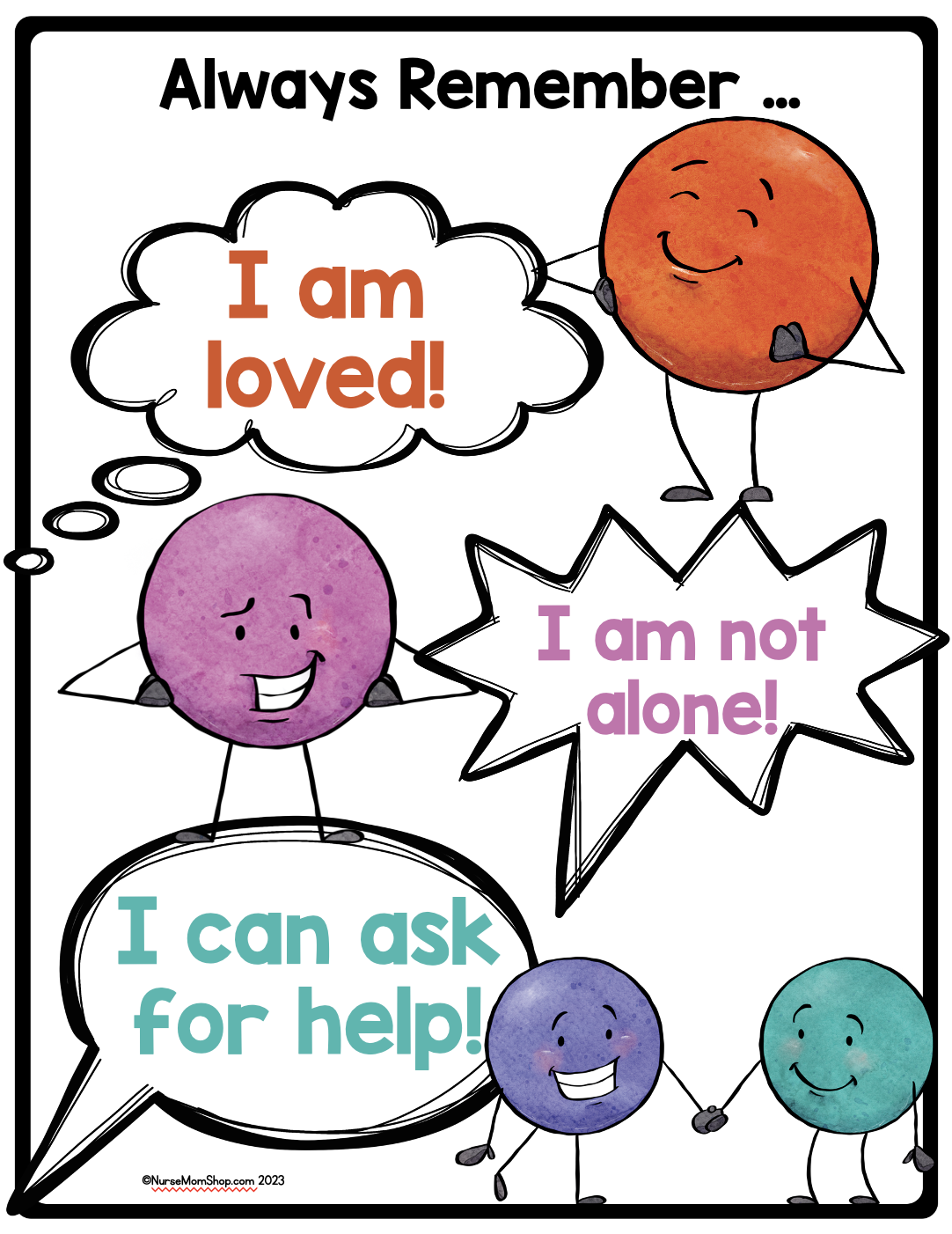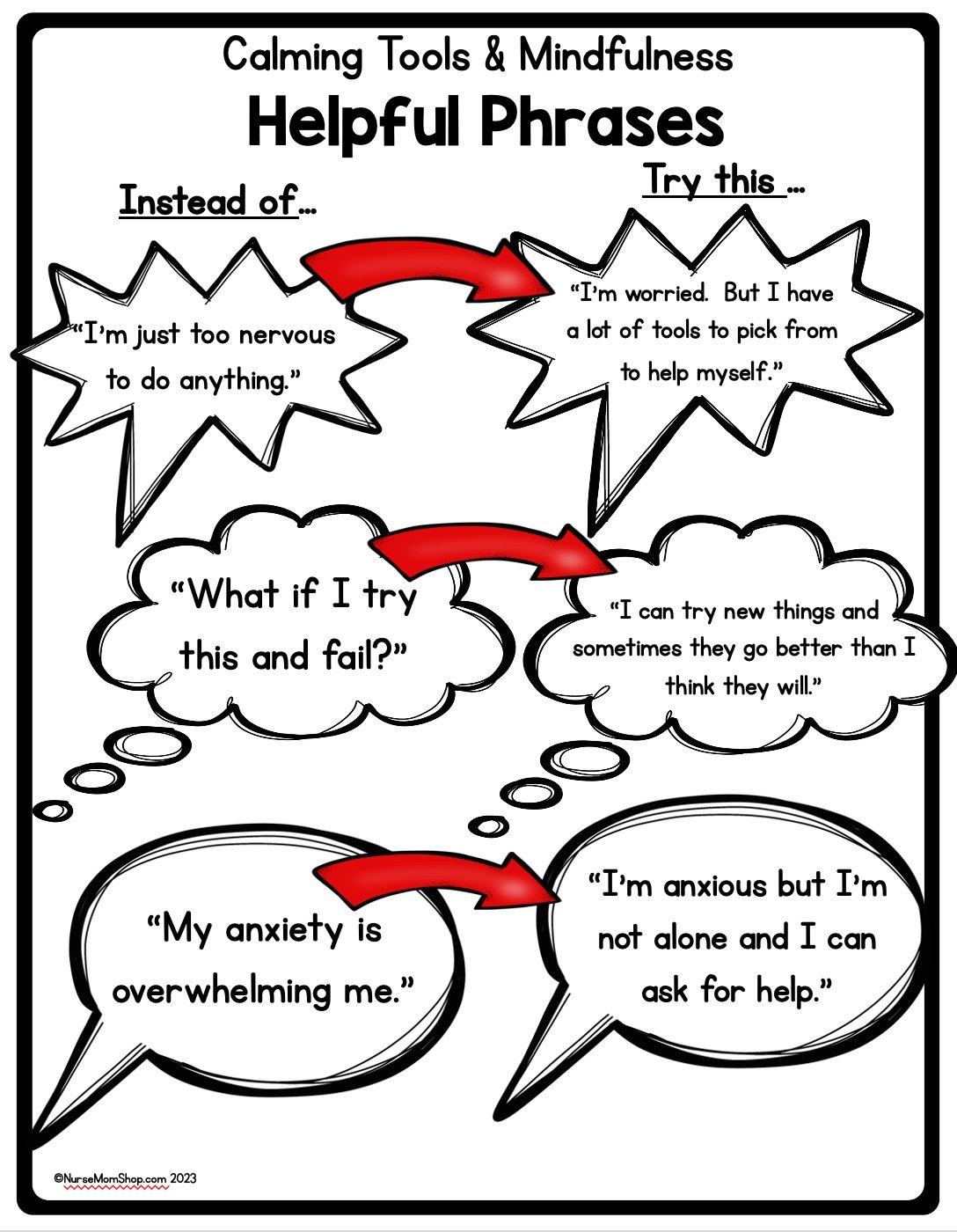Thoughts on Raising Anxious Children: What Has Helped
It’s been a dozen years now that I’ve been navigating parenting children who live with anxiety. The details of their stories are theirs alone to share (or not), so I won’t be sharing their personal journeys here, however I will share things I’ve learned through parenting them. I’ve also spent nearly two decades working in pediatrics and have witnessed first-hand the tremendous increase in anxiety that is occurring among young people. I know for myself, and I hear from the parents I work with, that parenting can be lonely and isolating. I’ve had the incredible privilege or standing on the shoulders of the parents who have gone before me, and their willingness to share parts of their stories has felt so helpful. I hope that from this post, you might be able to possibly glean a hint, tool or idea that just might make your mental load a bit lighter. Extra tools in the parenting toolbox can make a tremendous difference!
In this post, I’ll be sharing pieces of what has helped our family on this road. I’ll also be sharing some free printables I created for a new unit I just finished, geared towards kids in 3rd-5th grade. You’ll also learn about some favorite language, tools and ideas, which I truly hope will be helpful on your journey.
1. Normalize Worrying
Every single person worries, make sure your children know this! It is NOT just them. Share small bits and pieces (in age appropriate ways) of times and stories when you felt worried. We rarely can change circumstances, but we can always come alongside people who are hurting or worried.
2. Demonstrate Healthy Coping Skills
When worries pop up in your own life, let your children see you take a walk, call a friend to ask for help, journal, pray, practice yoga. Much about how we navigate worries is caught, not taught. They are paying attention and while this doesn’t mean we need to do this perfectly, it is hugely helpful to let them see this demonstrated and verbalized. Action is a powerful antidote to worry. Move your body, move your bodies together as a family.
3. TEACH kids about their brains and bodies …
Children are so bright and capable. Use words like “amygdala” and “trigger” and “stress hormones.” They understand more than we often realize!
Teach them to pause and notice how worry shows up for them in their bodies. Does their heart race? Does their stomach ache? Naming what is happening is the precursor to deciding what to do next.
Below you can click on the images of a unit that I made (and give away for free!) that helps younger children understand how unique and individual their brains and bodies truly are!
For older children, I like to teach them about the biology of what is actually happening in their brains when they experience anxiety. A stressor triggers the amygdala, which in turn releases stress hormones and causes an anxiety response in the body. You can grab this printable for free (shown below) to help explain this concept to older elementary children. Our children will live in their bodies every day of their lives, giving them language to understand what they’re experiencing will be a gift to them for their entire lives!
4. Help children learn to RATE anxiety …
After almost two decades as an RN, my friends and family laugh that EVERYTHING in our lives gets rated on a 1-10 scale (not just pain!) But truly, if every worry is being treated at the same scale, it’s difficult for children to differentiate between a large worry and a small deal. Below you can click on the images shared to freely download several rating tools that might feel helpful.
5. Words are power …
Giving children language helps them to have understanding and agency over their world! Start early (in infancy) to build emotional vocabulary. I am currently working on a full list of my favorite books for babies, toddlers, preschoolers and elementary children. Stay tuned for that!
For preschool and early elementary kiddos, I love tying in social emotional learning with the alphabet, something they’re already excited about and focused on! I put together a list of 26 different emotional vocabulary concepts, one to go with each letter of the alphabet, in my ABCs of SEL unit (which you can grab a freebie from by clicking the photo below)! My own preschooler loves tying in ideas we’re discussing about social development TO her alphabet recognition and early literacy skills. Double win! Build that emotional vocabulary early and often!
6. The power of worry personification …
Giving worries specific qualities, names and personalities can take the often nebulous and vague feelings of anxiety, and give kids practical descriptors to verbalize how they are feeling.
Click the images below to grab some ideas and free tools to help your children learn about personifying worries!
7. Practice a Growth Mindset …
Navigating anxiety takes work, practice and effort. Coping tools are not built overnight. It is so valuable to teach children that we are all working towards progress, not perfection. While we may not having helpful worry tools YET, we can learn, and our brains are so capable.
Click on the images below to grab some free printables and conversation starters to discuss growth mindset with your children.
For older children, check out this post for some more mature conversational ideas.
8. Practice Asking for Help …
I have my teens repeat three things after me daily (often multiple times) … 1. I’m loved 2. I’m not alone 3. I can ask for help.
When I’m training a nursing student or RN I make sure they know that they will NEVER have all the answers, but if they know where to ask and look for help, they’ll be ready.
Asking for help is a learned skill. Let your children see you practice it too! You can grab the printables below for free by clicking directly on them!
Parenting is a powerful mirror, reflecting the best and the hardest in us all, right back to us. Parenting a child with anxiety, or walking alongside someone who is, can heighten your own worries. Worries for your child, but also for your own coping abilities. Remember that you can not pour into someone else when you are completely dry. Keep connecting, keep recharging, keep doing the best you know how. This is a rough road but you are not alone, I can promise you that much.

